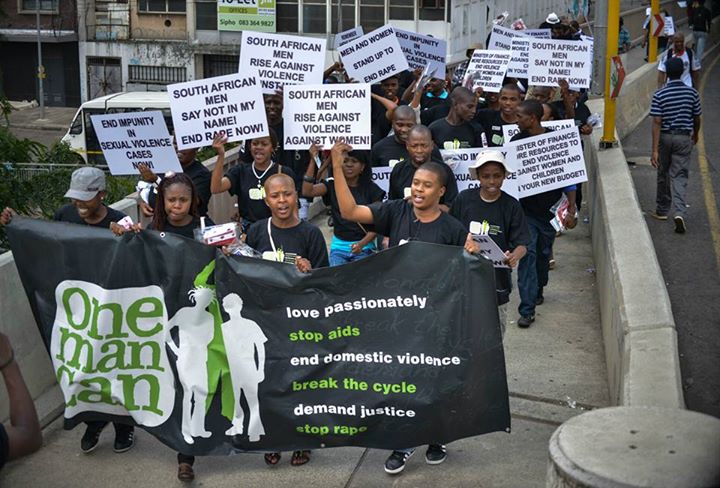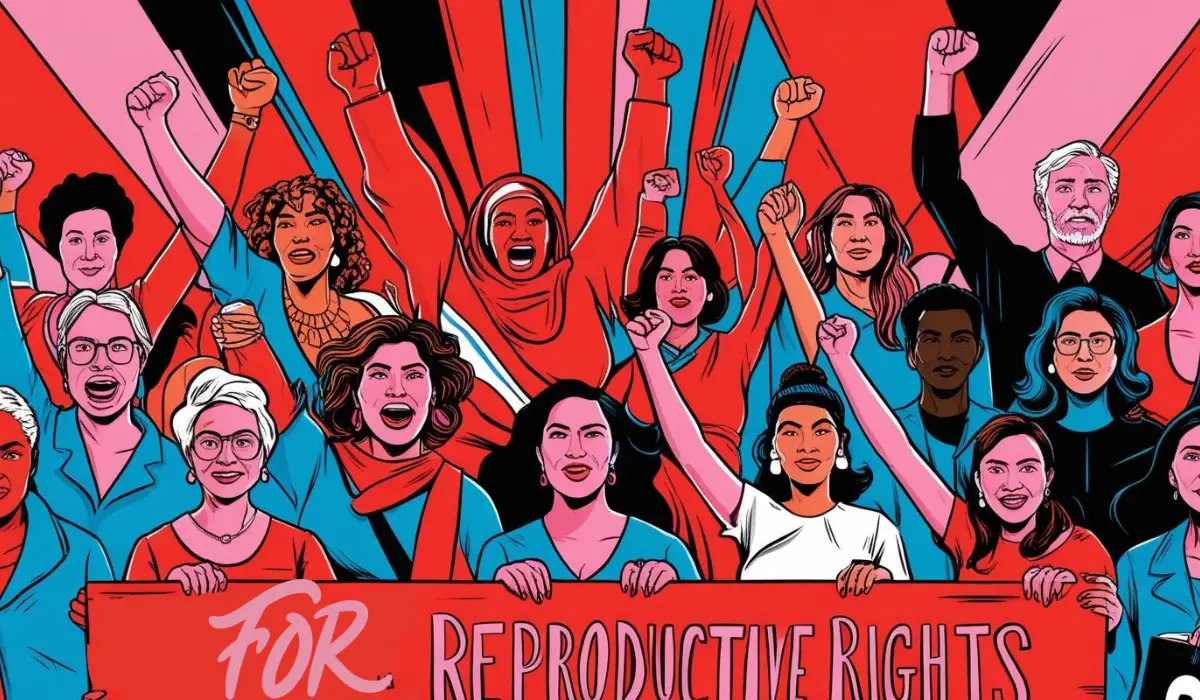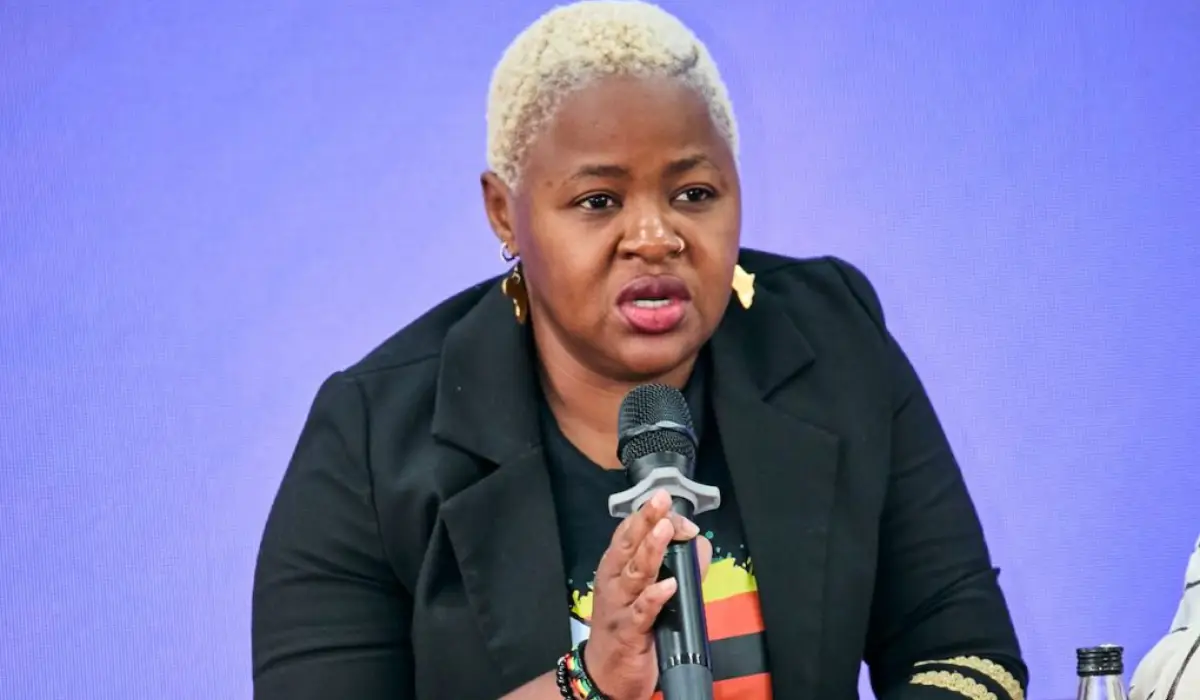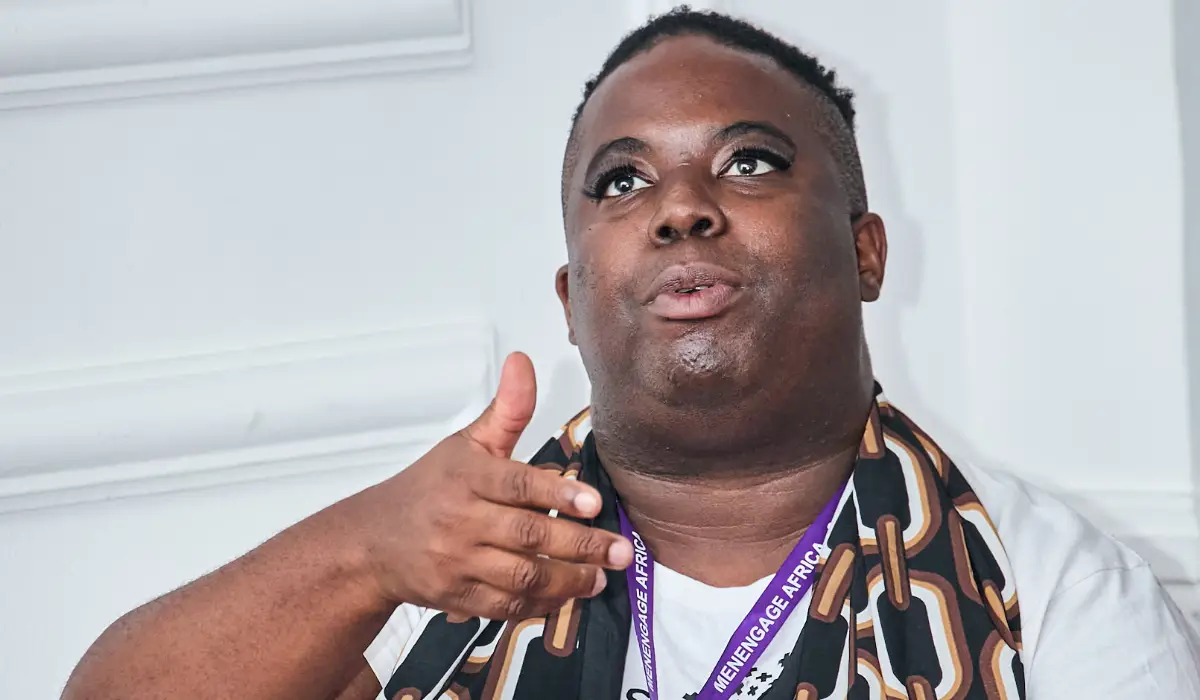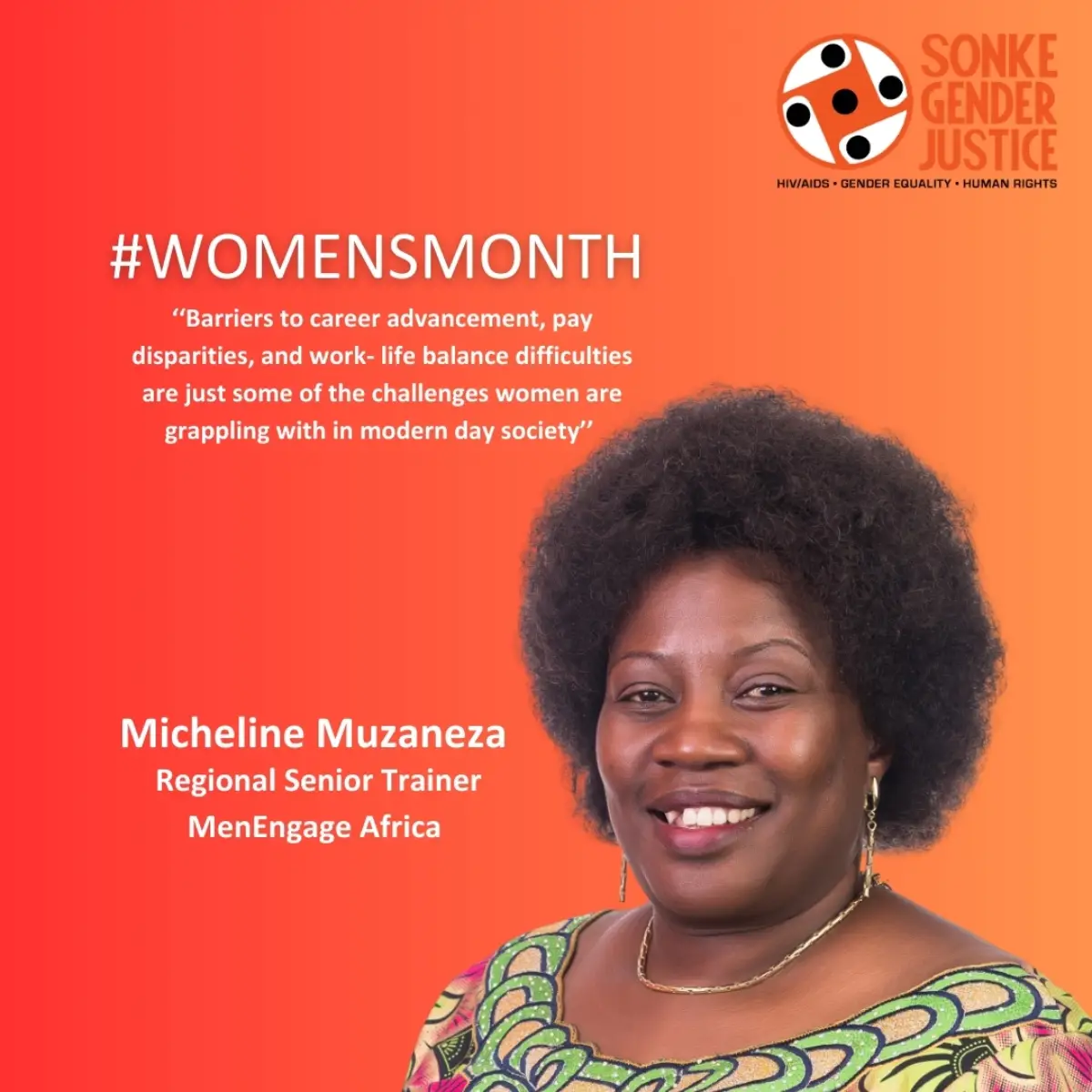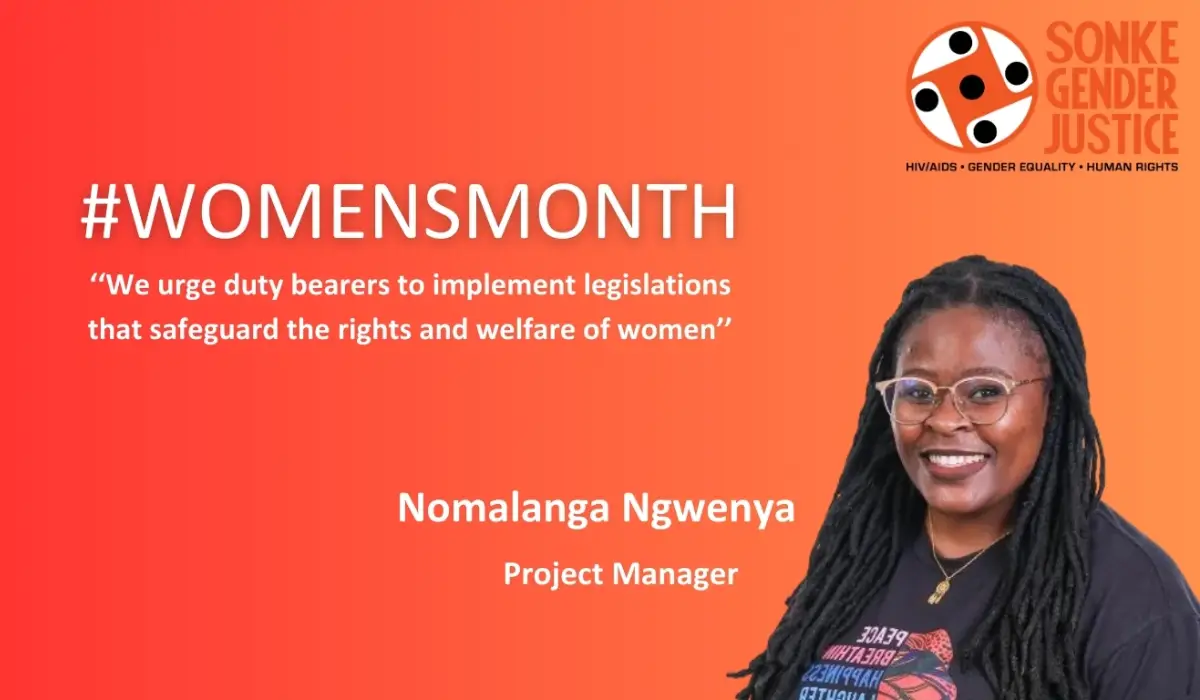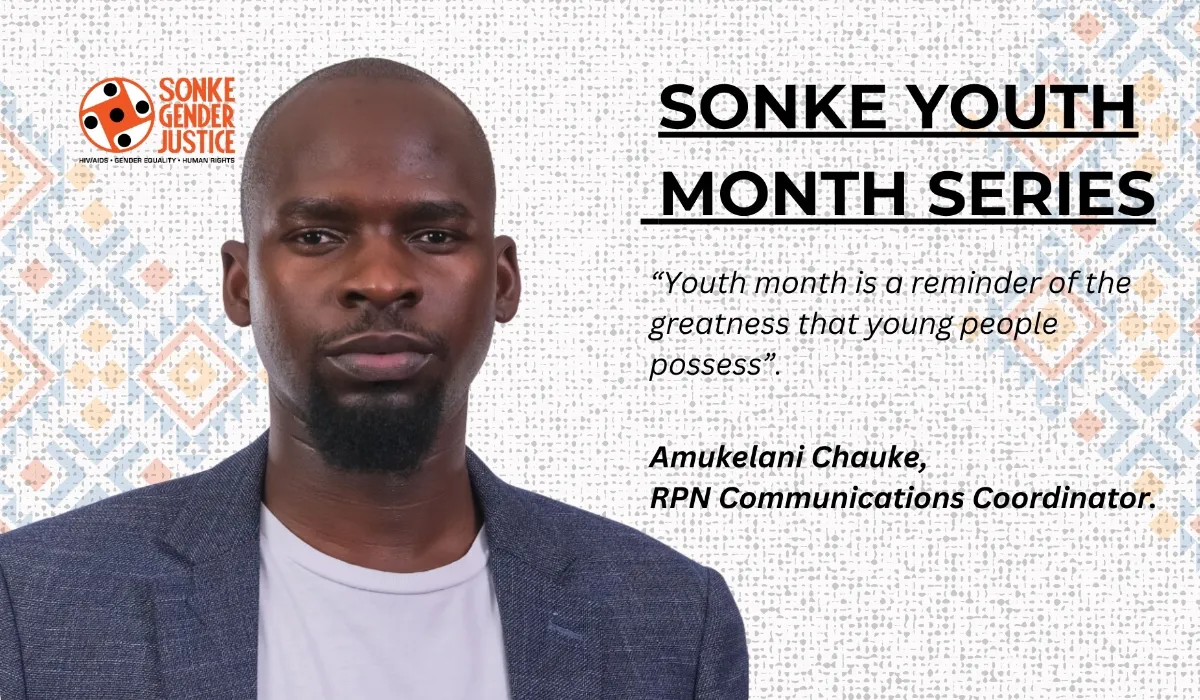A few weeks ago, Mary Ryan became the second South African woman to be ordained as a Catholic priest. The Catholic Church does not, of course, acknowledge this ordination. In fact, in 2007, the Vatican declared that even attempting to ordain women would lead to excommunication, the harshest punishment the church leadership can mete out. But Ryan and her colleagues bravely persisted.
Patricia Fresen, a veteran of the anti-apartheid struggle and the first South African woman to become a Catholic priest, oversaw Ryan’s ordination ceremony, during which she said: “In South Africa in particular we know that the only way to change an unjust law is to break it. And that is what we are doing today.” Roman Catholic Womenpriests is a growing movement that began in Austria and Germany in 2002 and now includes more than 180 female priests in 10 countries. These efforts should be applauded.
Even in South Africa, the Catholic Church stands out as a space where patriarchy is entrenched. Women are not allowed to serve as priests because they are supposed to operate in “separate spheres” from men, in “different but complementary roles” to which they are suited because of their “nature” as women. As South Africans well know, “separate but equal” isn’t all it’s cracked up to be. According to the Catholic Church, the priesthood isn’t just a role: it involves an “indelible spiritual character” that women somehow don’t possess. The argument that Jesus was a man and therefore only men can be priests is hardly convincing.
Though there are many tomes describing and defending the theological roots of these arguments, it is hard to get past the fact that this kind of discrimination flies in the face of many of the church’s other teachings about equality and humanity. Practices such as excluding women from the Catholic priesthood are not just matters of concerns because they are inherently discriminatory and unfair. Patriarchal culture breeds sexual abuse and violence, as we have seen in the church’s recent child abuse scandals, and as we see every day in South Africa.
The writer Amanda Marcotte summarised this concern well when she wrote that, although many were shocked when the child abuse scandals broke, “for feminists, the pattern of silencing victims and letting rapists roam free didn’t surprise us at all.” “In patriarchal societies, letting the rapists off and revictimising the victims is standard operating procedure. The Catholic Church is even more patriarchal than society at large and, unsurprisingly, that made the problem of rapist-coddling and victim-silencing even worse.”
Despite growing Catholic support for the use of birth control, gay marriage and even women priests, the Vatican has made it clear that the Church is not and will not become a democracy. The movement of women priests thus raises challenging questions. Can one be a Catholic and a feminist? Can or should religious institutions be truly democratic? These questions have been written about and fiercely debated for decades – for centuries in some cases.
Regardless of where you stand on the matter of female priests, these women should be applauded for bravely standing up to express their beliefs in the face of patriarchal forces that too often silence any discussion. The Catholic Church has a rich history of social teachings. Many of its core messages focus on loving and uplifting the oppressed, the excluded, the vulnerable and weak. Pope Francis should be applauded for trying to revive the church’s focus on these kinds of messages. He has spoken passionately about the dangers of limitless capitalism, climate change and gay-bashing.
Yes, let’s regulate markets so they don’t ravage the poor and let’s take care of the environment. But why not also take a hard look in the mirror at some of the church’s most basic practices? Pope Francis has, in many ways, been the answer to progressive Catholics’ prayers; hence, many were disappointed with his statement last year that “the door is closed” on the idea of women priests.
Yet, as we know in the struggle for women’s equality, “the door is closed” should be the beginning of the conversation, not the end of it.

